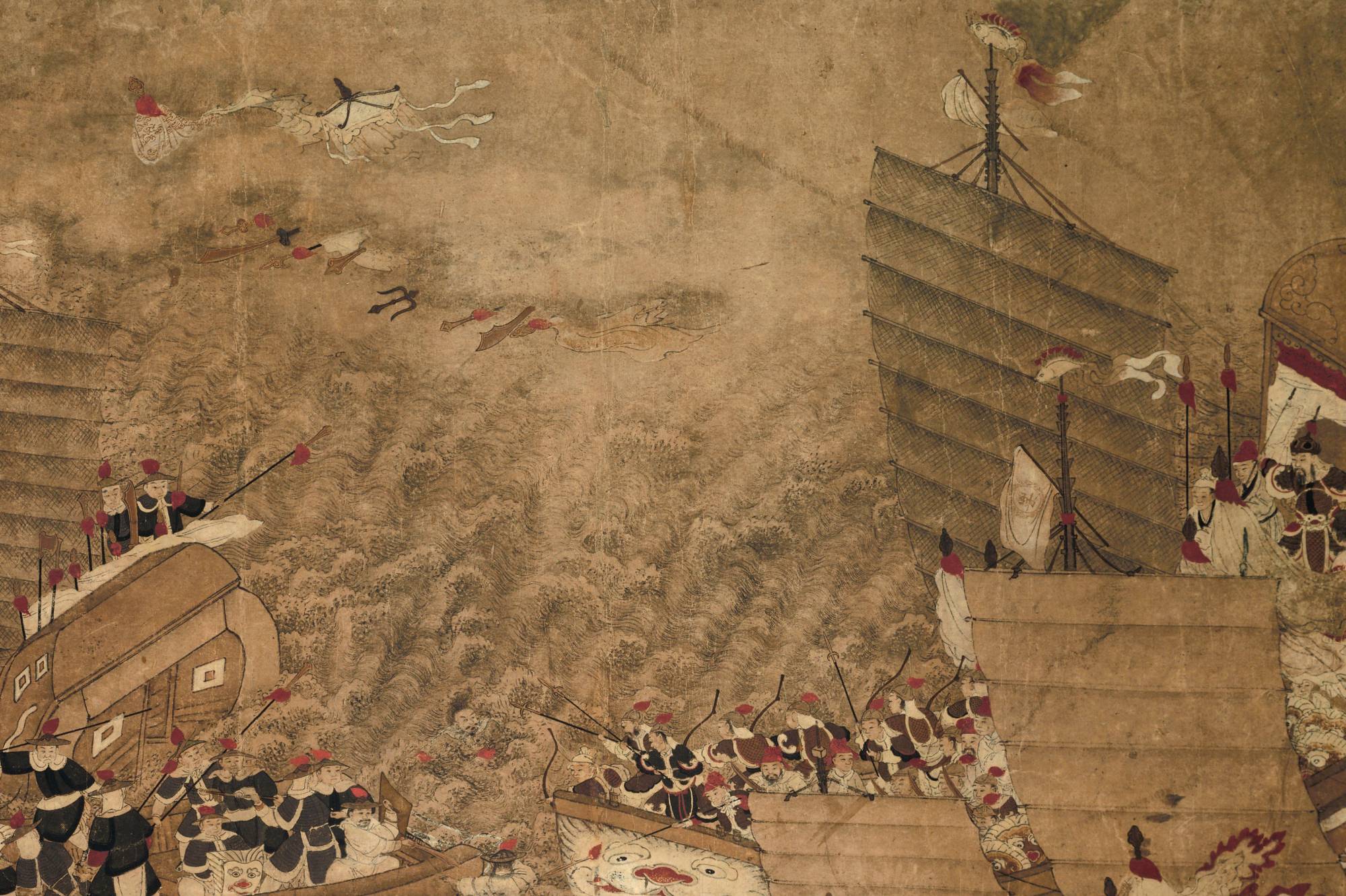The 17th century was a period of great upheaval in most of East Asia. In Japan, Tokugawa Ieyasu (1543-1616) was struggling to unite the country after more than a century of turmoil and civil war. He finally reached his goal in 1615, when he torched Osaka Castle and defeated the last bastion of potential opposition. His heirs ruled until 1868.
Meanwhile, on the rugged terrain north of the Korean Peninsula, a local chieftain, Nurhaci (1559-1626), was forging a powerful confederacy of Jurchen tribes, soon to be known as the Manchu, which went on to establish its own dynasty, the Qing. In 1644, one of Nurhaci’s ablest sons, Dorgon (1612-50), led an army through the Great Wall near Beijing. This marked the beginning of Qing dominion over China. It lasted until 1911.
There was unrest further south too, in the East China Sea, where the Zheng, a family of freebooters with roots in Fujian Province, was building its own maritime empire. Its most famous son, Zheng Chenggong (1624-62), better known in the West as Koxinga, was a colorful swashbuckler. Born to a Japanese mother in Hirado, an island off the west coast of Kyushu, Chenggong is still celebrated for expelling the Dutch from Taiwan. Adding to his aura — at least in the eyes of Chinese nationalists — he also spent years harassing the Qing, on land and at sea.


















With your current subscription plan you can comment on stories. However, before writing your first comment, please create a display name in the Profile section of your subscriber account page.